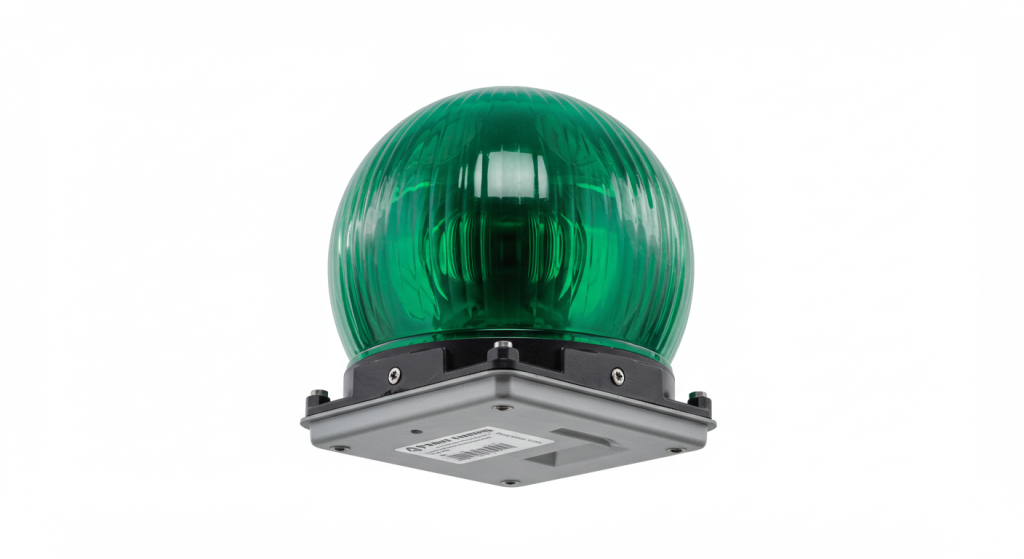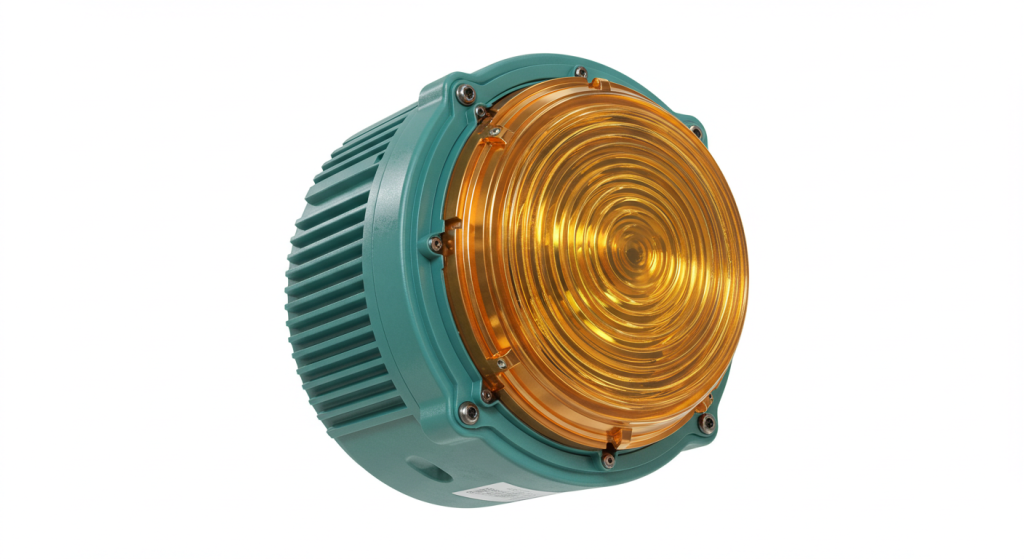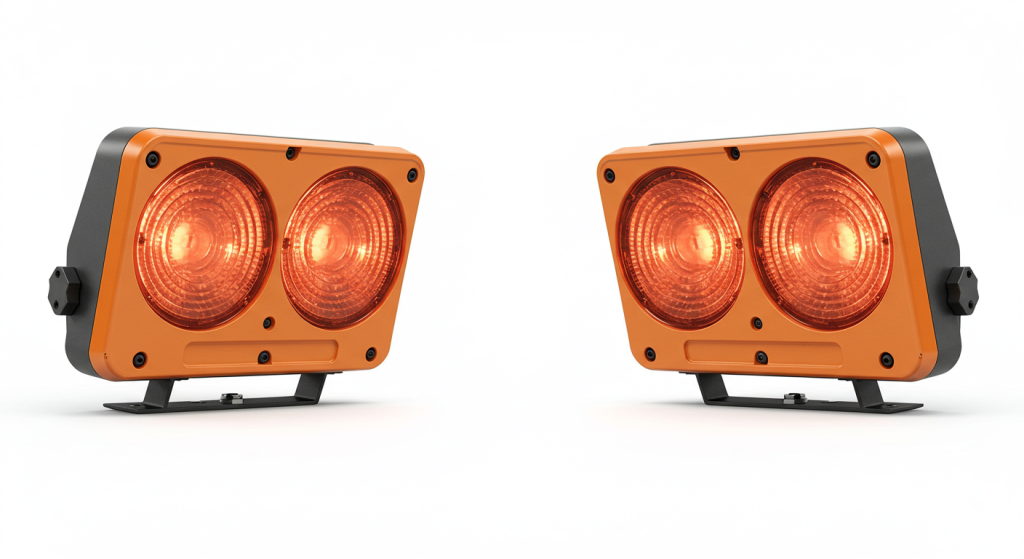Determining **which is the best aviation obstruction light price** involves a nuanced understanding of the complex factors that influence both the cost and the functionality of these critical safety devices. These lights are not just simple beacons; they are highly engineered pieces of equipment designed to meet stringent regulatory requirements and to provide reliable visibility under various environmental conditions. When evaluating pricing, consider more than just the initial cost, but also the long-term operational expenses, the durability, and the specific requirements of your site. The technology utilized in obstruction lights, such as LED versus incandescent, and the intensity levels can cause a wide range of prices. Furthermore, local codes may dictate certain specifications that can affect final cost. Exploring all of the available options may help you to determine the proper combination of features, performance, and price point for your specific project. Be sure to examine the [Performance of Solar signal lights] if off grid solutions are a consideration for your obstruction light application. A thorough evaluation will assist in making the best purchasing decision.

Understanding the Necessity of Aviation Obstruction Lights
Before delving into the specifics of pricing, it’s vital to appreciate the fundamental purpose of aviation obstruction lights. These lights are an integral part of aviation safety, acting as a visual warning to pilots about the presence of tall structures, especially during nighttime and periods of low visibility. These systems are a combination of lights and controls, and are intended to provide a dependable warning at all times. When researching systems, you may wish to consider [Why to Buy Solar Taxiway Lights] as a reference for off grid technologies that can assist in lowering long term operating expenses. Obstruction lighting is not a discretionary expense; it’s a necessary safety requirement for any tall structure that could pose a hazard to aviation and they are an essential component of aviation safety. Proper planning during the design phase can greatly improve both the effectiveness and cost of the system.
What is the Standard for Obstruction Light?
The standard for obstruction lights is not arbitrary. These standards are meticulously defined by aviation authorities like the FAA (Federal Aviation Administration) in the United States, and by similar organizations globally. These standards are designed to provide a consistent level of safety and are specific to different types of structures and surrounding environments.
- Intensity Levels: Obstruction lights are classified by their light intensity, which is categorized as low, medium, or high. The intensity is determined based on the height of the structure and its proximity to an airport.
- Light Color: The color of the obstruction light is another crucial standard. Typically, red or white lights are used, or a combination of the two, depending on the application and local regulation.
- Light Flash Rate: Certain obstruction lights, particularly medium and high intensity models, must flash at a specific rate to enhance visibility and distinguish themselves from other stationary lights. The flash rate is standardized by various governmental bodies.
- Light Pattern: In the case of medium-intensity white lights, they must have specific flash patterns to enhance visibility. These patterns must be easily identifiable by a pilot, even in poor weather conditions.
- Beam Spread: The angle at which the light is emitted is carefully regulated to ensure that it is visible from all potential angles. This consideration of light spread is particularly important for ensuring maximum visibility to approaching aircraft.

What are the FAA Requirements for Obstruction Lighting?
The FAA sets very specific requirements for obstruction lighting to protect aircraft and maintain safe air traffic operations. FAA regulations provide guidelines on the type, placement, and operation of obstruction lights. Here are key FAA requirements:
- Height-Based Requirements: FAA regulations specify when obstruction lighting is required based on the height of a structure. Any structure exceeding a certain height, will require obstruction lighting.
- Proximity to Airports: The proximity of a structure to an airport or airfield also affects the requirements. Structures closer to airports may have more stringent lighting requirements.
- Light Intensity and Color: The FAA mandates the use of specific light intensities and colors based on structure height and location. Red obstruction lights are generally used for nighttime operations, while white lights are often used for daytime marking. High intensity white lights are often mandatory when a structure exceeds certain heights.
- Light Positioning: The positioning of the lights is also tightly controlled, with requirements for their placement on the top and sides of structures. The placement of lights will ensure consistent visibility from all angles.
- Dual Lighting Systems: In many cases, the FAA requires a dual lighting system—a red light system for nighttime and a white system for daytime—to ensure visibility under all conditions.
- Monitoring: Some FAA regulations require that obstruction lighting systems be monitored and maintained regularly. Automatic alarms and remote monitoring systems can ensure proper function.

Understanding Light Types and Their Applications
Before discussing prices, it’s crucial to understand the various types of obstruction lights and their specific use cases. The types of lights often dictate the overall cost and long term operating expenses of the system. Here is a brief overview of the types of lights:
Low-Intensity Obstruction Lights
- Description: These lights are typically red and used on shorter structures with a height of 200 feet or less, which are not located close to airports.
- Application: Used for structures not typically located in close proximity to airports, and for shorter buildings such as utility towers and smaller antennae structures.
- Cost: These are the most affordable option.
Medium-Intensity Obstruction Lights
- Description: Medium-intensity obstruction lights come in two main color variants: red and white. They are generally used for structures in the 200 to 700 feet range.
- Application: These are used on taller structures such as communication towers, wind turbines, and high rise buildings.
- Cost: These cost more than low-intensity models, but are usually more efficient.
High-Intensity Obstruction Lights
- Description: These are very bright white lights that are used for structures taller than 700 feet. They must provide consistent intensity and visibility, even in bright sunlight.
- Application: Used for very tall structures such as radio and television towers, and some of the tallest skyscrapers.
- Cost: These are the most expensive options, but their long term efficiency reduces operating costs.
Dual Lighting Systems
- Description: Systems that utilize a red light for nighttime operations and a white light for daytime operations.
- Application: Used for both low and medium intensity applications where both night and day visibility are required.
- Cost: More expensive to purchase and install, but offer a wide range of operational conditions.
Use code with caution.
What are the Red Lights on Top of Buildings Called?
The red lights that are commonly seen on top of buildings are generally referred to as “aviation obstruction lights” or simply “obstruction lights.” These lights are specifically designed to be visible to pilots at night, alerting them to the presence of the structure. Although they have no specific designation beyond “obstruction light”, you will often hear the terms “aviation red obstruction lights” or “FAA obstruction lights” used to clarify their specific usage and application. The selection of red, white, or dual obstruction lights depends on both local code and regulations, as well as specific performance requirements of a structure.
What Color Lights Are Used for Obstruction Lighting?
The color of lights used for obstruction lighting is very important and is carefully regulated. Here’s a breakdown of the colors and their purposes:
- Red: Red obstruction lights are primarily used for nighttime operation. They are the most commonly used color and are typically paired with a lower intensity for energy efficiency during dark conditions.
- White: White obstruction lights are used primarily during the daytime, and are often more intense than nighttime red lights. The bright white lights are easier to see during daylight, and during low light or hazy conditions.
- Dual Systems: Many structures use a combination of both red and white lights. During nighttime, the red lights are utilized while during the day the white lights are utilized. This combination provides a more effective visual warning.
- Infrared (IR): In some military applications, infrared lights may be used. These are not typically used for general aviation and are primarily intended for military aircraft with special night vision capabilities.
Factors Influencing the Price of Aviation Obstruction Lights
The question of “**which is the best aviation obstruction light price**” can only be answered by understanding the various factors that contribute to pricing. These include the type of light, technology used, brand reputation, as well as ancillary systems and features. Here’s a more detailed look at the key price determinants:
Light Intensity and Type
- Low-Intensity: These are the most affordable options, usually ranging from a few hundred dollars each.
- Medium-Intensity: Prices for medium-intensity lights vary widely, typically ranging from several hundred dollars to over a thousand dollars, based on specific features and performance criteria.
- High-Intensity: High-intensity lights are the most expensive, often costing several thousand dollars or more each.
Use code with caution.
Technology
- Incandescent: Older incandescent lights are cheaper to purchase, but are less energy efficient and require more frequent replacement.
- LED: While initially more expensive, LED obstruction lights are far more energy-efficient, have a longer lifespan, and thus cost less to maintain over time.
- Solar: For areas where running power is difficult or too expensive, a solar solution might be considered. However, the battery and charging systems will greatly influence overall cost.
Use code with caution.
Material and Durability
- Housing Materials: Lights housed in robust, weather-resistant materials, are typically more expensive, but also offer better protection and longevity.
- Weather Resistance: Lights rated for harsh weather conditions can cost more but are more reliable and have longer lifespans.
- Corrosion Resistance: Products which feature corrosion resistance are more suited for areas near the ocean and may cost more initially, but save money over the life of the product.
Brand Reputation
- Established Brands: Products from well known manufacturers tend to be more expensive, but often come with better warranties and higher overall quality.
- New Brands: New or less-established manufacturers may offer products at lower prices, but can come with additional risk.
Use code with caution.
Ancillary Systems
- Remote Monitoring: Systems which feature remote monitoring capability, can command higher prices than simple stand-alone lights.
- Automatic Alarms: Systems which feature automatic alarm functions can cost more due to the added complexity, but can save time and labor costs over the life of the system.
- Backup Power: Systems that include battery backup will increase overall cost.
Installation Costs
- Complexity of Installation: The installation costs can greatly affect the overall budget. Complex installations, particularly on high towers, will often be significantly more costly.
- Labor Costs: Installation labor costs will affect the total price, with more complex installations often commanding higher installation labor fees.
- Travel and Shipping: Consider travel and shipping costs, especially when purchasing large quantities of heavy equipment.
Long Term Maintenance
- Replacement Rates: LED lights with long lifespans, and low failure rates are often more expensive initially, but save time and money over the life of the product due to lower replacement rates.
- Maintenance Labor: Low maintenance products such as LED lights, can save money over time due to reduced maintenance labor costs.
Cost-Saving Strategies When Purchasing Obstruction Lights
While the cost of aviation obstruction lights can be significant, there are several strategies to help minimize expenses:
Choose LED Technology
Even if the upfront cost of LED lights is higher, their longer lifespan, lower energy consumption, and reduced maintenance needs will typically save money over the life of the product.
Plan Ahead
Plan your lighting project well in advance, allowing time for sourcing multiple quotes, and for the planning of both the electrical design and the installation.
Consider Solar Options
If your site is not easily accessible for electrical hook up, consider the possibility of solar powered solutions, and be sure to examine the costs associated with running power to your installation location.
Bulk Purchasing
When purchasing a large number of lights, seek quotes from multiple suppliers to see if bulk discounts are available. This is particularly important when lighting large installations such as solar farms, and multiple communications towers.
Professional Design
Engage a qualified lighting designer to develop a plan that optimizes light placement and minimizes the number of lights required. Careful design of a project can drastically reduce the number of lights required, and can often provide better overall system performance.
The Impact of Obstruction Lights on Safety
While cost is an important consideration, the primary reason for installing obstruction lights is safety. Properly functioning obstruction lights help to:
- Prevent Aircraft Accidents: Clear visual warnings reduce the risk of collisions with structures, especially during low visibility conditions.
- Ensure Compliance: Compliance with regulations prevents legal issues and ensures that all structures meet aviation safety standards.
- Protect Lives: By preventing accidents, obstruction lights help to protect both pilots and ground personnel.
- Maintain Air Traffic Efficiency: Safe and properly marked airspace contributes to the efficient movement of air traffic, allowing for on time arrivals and departures.
The Future of Aviation Obstruction Lighting
The aviation obstruction lighting industry is constantly evolving, and LED technology will continue to dominate moving forward. Future trends in the industry include:
- Smart Lighting: Intelligent systems that can adjust light intensity automatically based on weather conditions and time of day.
- Remote Monitoring: Advanced remote monitoring systems that can provide real time feedback on equipment function.
- Renewable Energy: Continued growth in the use of solar and wind powered solutions, particularly in remote and difficult to access locations.
- Enhanced Visibility: New light technologies that offer increased visibility and better light spectrum management.
Use code with caution.
How to Find the Best Aviation Obstruction Light Price
Finding the best price requires both research and patience. Here’s how to approach the process:
- Research: Understand the specific requirements of your structure and the various types of lights available.
- Quotes: Contact several suppliers, and obtain quotes for each required component of the system, including mounting brackets, wiring, and controls.
- Compare: Compare pricing quotes to determine the lowest overall cost, and be aware of low quotes which may indicate lower quality components.
- Read Reviews: Read independent reviews from other customers to determine the quality of both the equipment, and the service provided by each supplier.
- Warranty: Be sure to verify the warranty for each part of the system, and the company policy on shipping, service, and technical support.
Conclusion
Determining **which is the best aviation obstruction light price** is a balancing act between cost, functionality, and safety. While seeking the most affordable option is understandable, safety and compliance must never be compromised. By understanding the various light types, the factors that influence pricing, and by implementing smart purchasing strategies, you can make an informed decision. Choosing the right system is essential for ensuring the safety of aircraft and maintaining a compliant operation. Always make safety your primary consideration when selecting your system components.